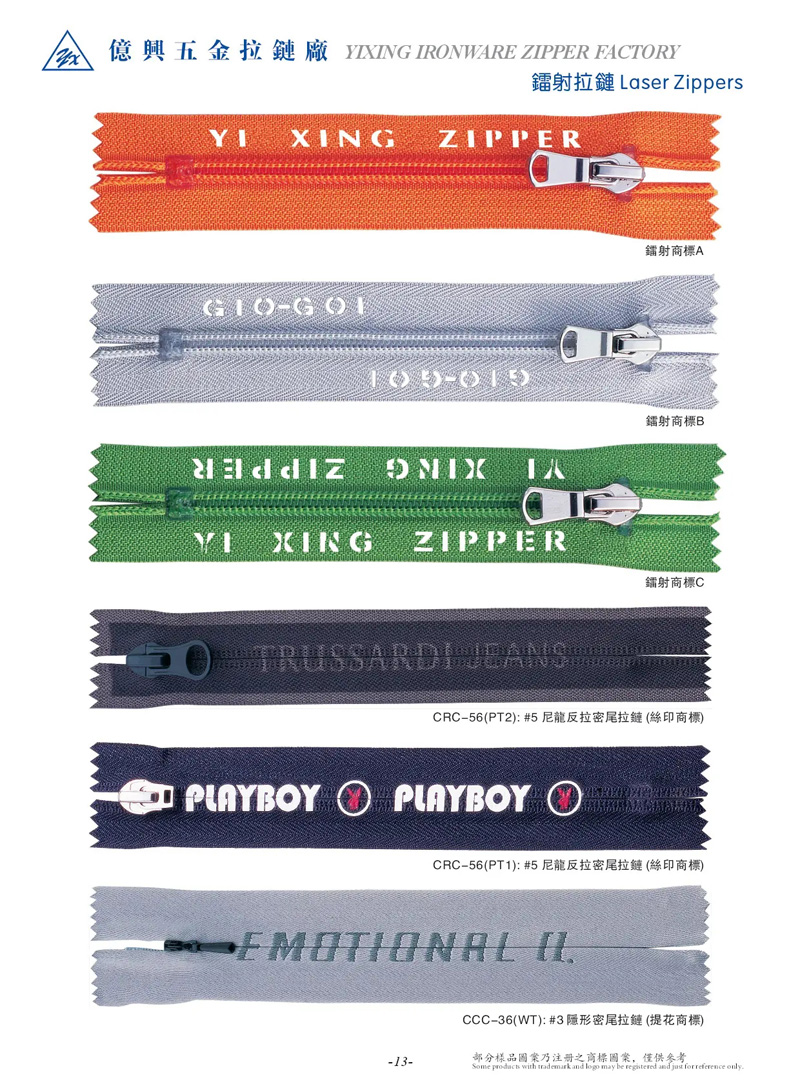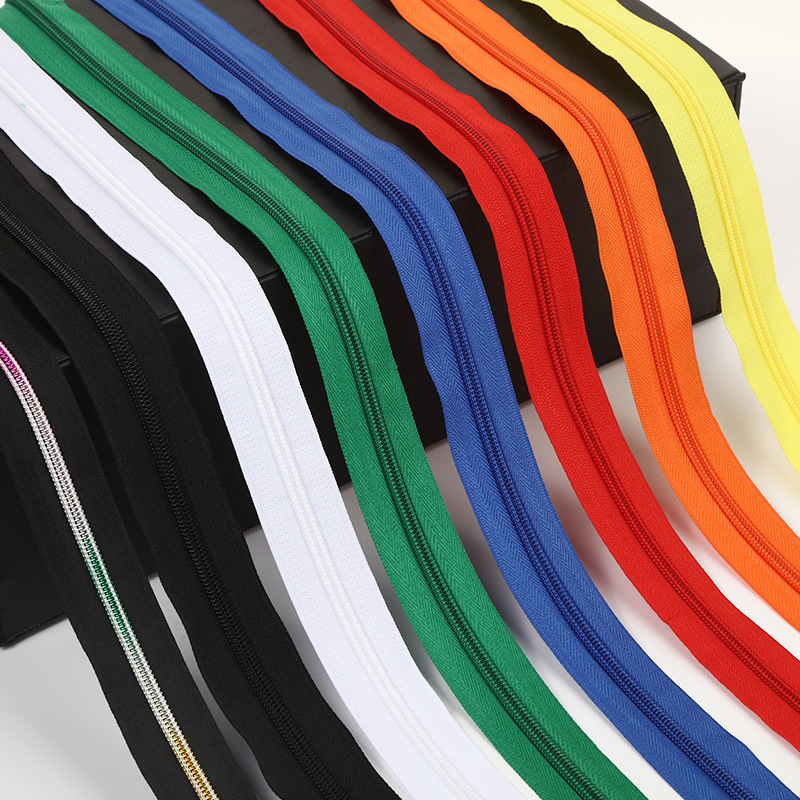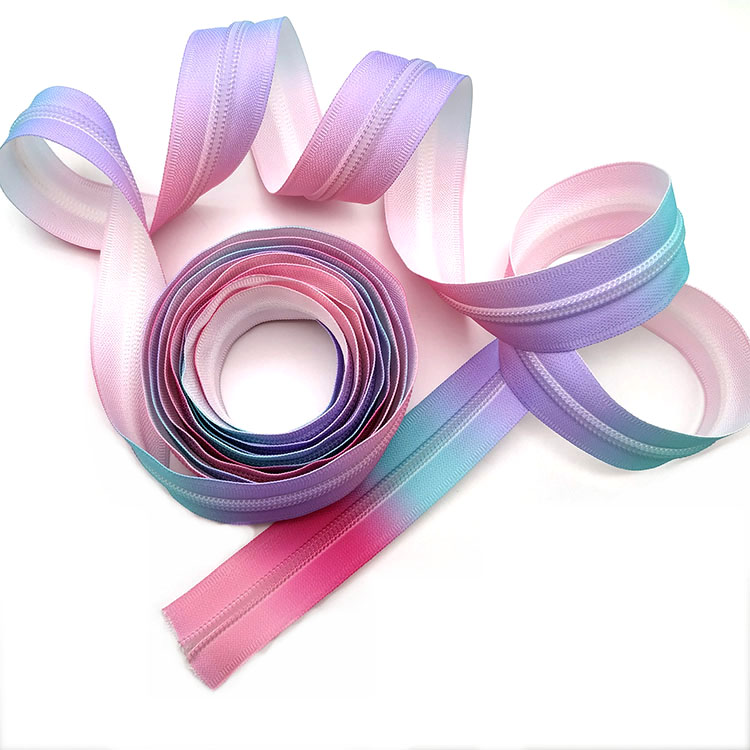1. Quality requirements for packaging materials
As a cosmetic packaging material, it is first required to prevent moisture and mildew, and it is better to use environmentally-friendly materials. No harmful ingredients are allowed in printing consumables.
2. Quality requirements for printing companies When considering printing companies, Kanebo will focus on the scale of the company, such as whether it has a mature management system and equipment configuration.
Cosmetics is a new and emerging industry. After successful new product development, the printing of new packaging needs to be changed. Kanebo will require the printing company to do a good job of version management, and the eliminated and updated versions must have strict measures for proper implementation. Storage and handling. There have been cases where new and old versions appear in the new product packaging box at the same time. This can cause serious accidents and waste.
When it comes to label management, Kanebo and the printing companies have agreed that in the printing quality, the required text must be accurate, clear and clean, the thickness of the text, the font should be carried out several times a rigorous review. In the chromatic aberration of printed matter, a relevant standard will be established for the printing company to make reference.
3. Kanebo's recommendations for quality work
Kanebo hopes to cooperate with honest and sincere suppliers. Miss Qian Qi, deputy manager of Quality Department of Shanghai Kanebo Cosmetics Co., Ltd. told us about such a thing. The packaging products of Kanebo are mainly divided into two kinds, one of which is the packaging that directly contacts the product, such as glass bottles. Kanebo once had a bottle of capping material for the cosmetics line. It was not a very good seal when it was first produced, but the suppliers worked hard and actively sought solutions. After mutual efforts, Kanebo finally succeeded. Also became a long-term partner with this supplier. When end-users encounter problems, even if they are not serious, the printing companies can actively assist end-users in making corrections and improvements, so that both parties can compete with the current fierce market competition with their strategic partners.
Photographic equipment manufacturer Kodak (Xiamen) Co., Ltd.
1. Requirements for packaging materials
Kodak (Xiamen) Co., Ltd. products are mainly disposable camera products sold abroad, there are two common packaging methods: one is a paper box, one is aluminum foil composite material packaging (the inner layer is aluminum foil, the outer layer is PVC material). The packaging material must not have photosensitivity. Because Kodak does not have incoming inspections, it will require suppliers to specifically control the process to prevent waste of the remaining materials.
2. Quality requirements for printing companies
Kodak emphasized that the quality of the product was obtained through process control rather than testing after completion of production. At that time, it was found that the problem could not be remedied.
As a top producer of photographic equipment, Kodak will focus on inspections of suppliers' quality systems, process control, continuous improvement capabilities, and delivery dates. Kodak's suppliers are all well-known companies. In terms of quality requirements, we must first pass the ISO quality system certification, and many suppliers have passed the more stringent French quality system certification.
The excellent printing company quality management department will understand the requirements of the end user in detail. Kodak's quality requirements, including general requirements, such as the control of color deviations, Kodak's control of Kodak's yellowish difference is very strict, requiring the use of spectrophotometers to measure L*, a*, b* values ​​in production, actual values ​​and standards. The value of the deviation must be controlled at E ≤ 4, other indicators also include friction resistance, paper folding resistance and so on.
The quality department of packaging and printing companies must also understand the co-ordination between packaging products and equipment. Because Kodak's products are automated and mass-produced, if the opening and closing force is not good enough, the equipment can be stopped and the loss cannot be counted. Kodak (Xiamen) Co., Ltd. has very strict requirements on the opening and closing force of color boxes, and has limitations on the number of device shutdowns per hour. This point may not be required by other companies, but Kodak is very concerned that if the color box cannot be opened will seriously affect the production efficiency, in the initial period of cooperation with suppliers, this issue will be more prominent, the printing company related personnel came to Kodak, Various methods and tools are used to propose improved solutions. Therefore, there are very strict requirements for the die-cutting pressure, the moisture content of the paper, and the packaging and transportation methods in the box production process.
Packaging and printing companies should use the factual management MBF to find the root cause and then thoroughly improve it. Printing companies should focus on collecting data and using various quality control tools to find, analyze, and solve problems. Emphasizing that defect prevention is better than defect inspection requires the use of tools such as FMEA for failure mode analysis. Under normal circumstances, the process capability is required to reach Cpk>1.5 and strive to reach the quality level of 6 Sigma. Also pay attention to save records to ensure traceability of batches.
Packaging and printing companies must have a documented quality management system that meets the requirements of IS09001:2000. It is important to understand the various factors that influence the quality of the process (such as training, recruitment, accuracy, employee satisfaction, equipment, etc.). Packaging and printing companies must have the ability to use data to drive improvement.
3. Kodak's recommendations for quality work
When it comes to achieving a win-win situation, an engineer from Kodak (Xiamen) Co., Ltd.'s product department believes that both parties must strengthen communication and understand each other. Kodak will often cooperate with the quality department of packaging and printing companies to carry out various project cooperation to achieve high-quality, low-cost quality goals. For example, a Kodak co-printing company often receives complaints that color boxes cannot be opened on the equipment. The two parties jointly formed a project team to jointly solve the problem. The supplier sent engineering personnel to Kodak to understand the operation of the equipment, the principle of opening the box, and suggestions for improvement of the equipment. On the other hand, Kodak also sent someone to the supplier's factory to understand the production process of the color box, and combined with the company's requirements to guide suppliers to improve the process. After joint cooperation, the problem was finally solved.
For quality issues, Kodak will ask suppliers to respond within a week. When confronted with quality problems, it is necessary to strengthen communication with end users instead of attempting to cover up problems. It is necessary to investigate in depth and cooperate with end users to solve problems. Do not accept complaints and respond with full consent to resolve the problem. Actually, no action has been taken, and it is considered to be a small problem and chances of improvement are missed.
On the other hand, packaging and printing companies should try to understand the end-user company's operations and try to adapt to the end-users' operating methods. For example, some enterprises implement lean production methods, do not set up inventory, and adopt the method of small quantities of frequent calls. Strict requirements are imposed on suppliers, and packaging and printing companies often start production at large quantities. This requires packaging and printing companies to work together with customers to formulate production plans to meet customer requirements. On the one hand, it is necessary to avoid supply delays. The customer cuts off the material and affects the customer's production; on the other hand, it also needs to avoid excessive inventory and lead to the occupation of funds.
Zipper Printing
Zipper Printing is the process of printing designs or logos on zippers. This is usually for promotional or branding purposes, such as adding a company logo to the zipper of a jacket or backpack. The printing process usually involves the use of a special ink that is applied directly to the zipper material. The ink is then cured or dried with heat or UV light to ensure the design is permanent and won't rub off over time. Zipper printing can be performed on a variety of zipper types including metal, plastic and nylon zippers.

Specification:
Size: 3# 4# 5# 8# 10#
Material: Nylon Teeth, Polyester or Cotton Tape
Color: Pantone, YCC, GCC, YKK
Slider: Reverse Auto Locking Slider
End Type: Close End or Open End
Feature: Hidden Teeth, with logo printed

Our Zips For Handbags can be dyed in a single colour, or in a gradient rainbow of colours, or even Zipper Teeth and Zipper Tapes in different colours.

Zipper Printing is not only printing logo on Zipper Tape, but also printing the entire Zipper, supporting single-color printing, multi-color printing, etc.
Zipper For Purse,Zipper For Handbags,Zipper For A Jacket,Handbag Zipper,Zips For Handbags
Shenzhen Yiyixing Zipper Manufacture Co.,Ltd , https://www.nicekeychain.com